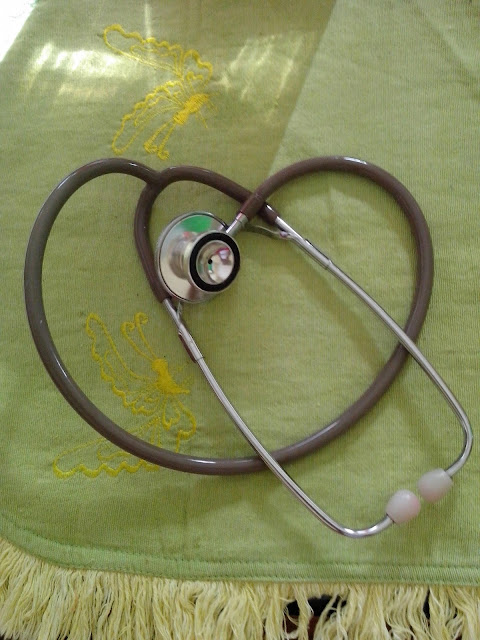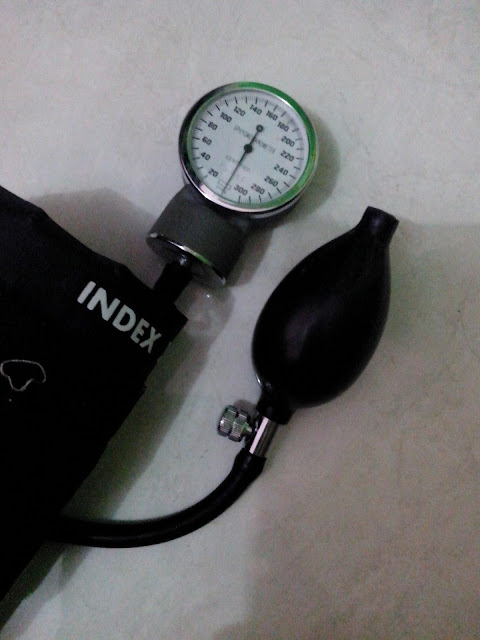A stethoscope is a medical device for listening to sounds inside the body. The initial stethoscope was invented in the early 19th century by French physician Ren� Laennec, but was actually trying to achieve a rather different end: doctor-patient distance....
Thursday, December 19, 2013
Transmission of Hepatitis C
- Injection drug use
- Blood transfusion
- Sex with an intravenous drug user
- Having been in jail more than three days
- Religious scarification
- Having been struck or cut with a bloody object
- Pierced ears or body parts
- Immunoglobulin injection
Saturday, December 7, 2013
Simple music from John Lennon - Imagine (official video)
Imagine - John Lennon, A song about humanism.
Monday, December 2, 2013
Signs and Symptoms of Hydrocephalus
The signs and symptoms of hydrocephalus in infants and children vary depending on their age, the degree of hydrocephalus at presentation, the primary etiology, and the time over which the hydrocephalus develops. Ventriculomegaly can progress without obvious signs of increased intracranial pressure because of the plasticity of the infant brain and the ability of the cranium to expand.
In full-term infants, signs often include macrocephaly and progressively increasing occipital frontal head circumference, crossing percentile curves. Normal head circumference for a full-term infant is 33–36 cm at birth. A normal head circumference increases by approximately 2 cm/month during the first 3 months, by 1.5 cm/month during the 4th and 5th months, and by about 0.5 cm/month from months 6–12.
Signs and symptoms of hydrocephalus in children:
Premature infants
- Apnea
- Bradycardia
- Hypotonia
- Acidosis
- Seizures
- Rapid head growth
- Tense fontanel
- Splayed cranial sutures
- Vomiting
- Sunsetting eyes
Full-term infants
- Macrocephaly
- Rapid head growth
- Decreased feeding
- Increased drowsiness
- Tense fontanel
- Vomiting
- Distended scalp veins
- Splayed cranial sutures
- Poor head control
- Parinaud’s sign
- Sunsetting eyes
- Frontal bossing
Toddlers and older
- Headache
- Nausea
- Vomiting
- Irritability
- Lethargy
- Delayed development
- Decreased school performance
- Behavioral disturbance
- Papilledema
- Parinaud’s sign
- Sunsetting eyes
- Bradycardia
- Hypertension
- Irregular breathing patterns



